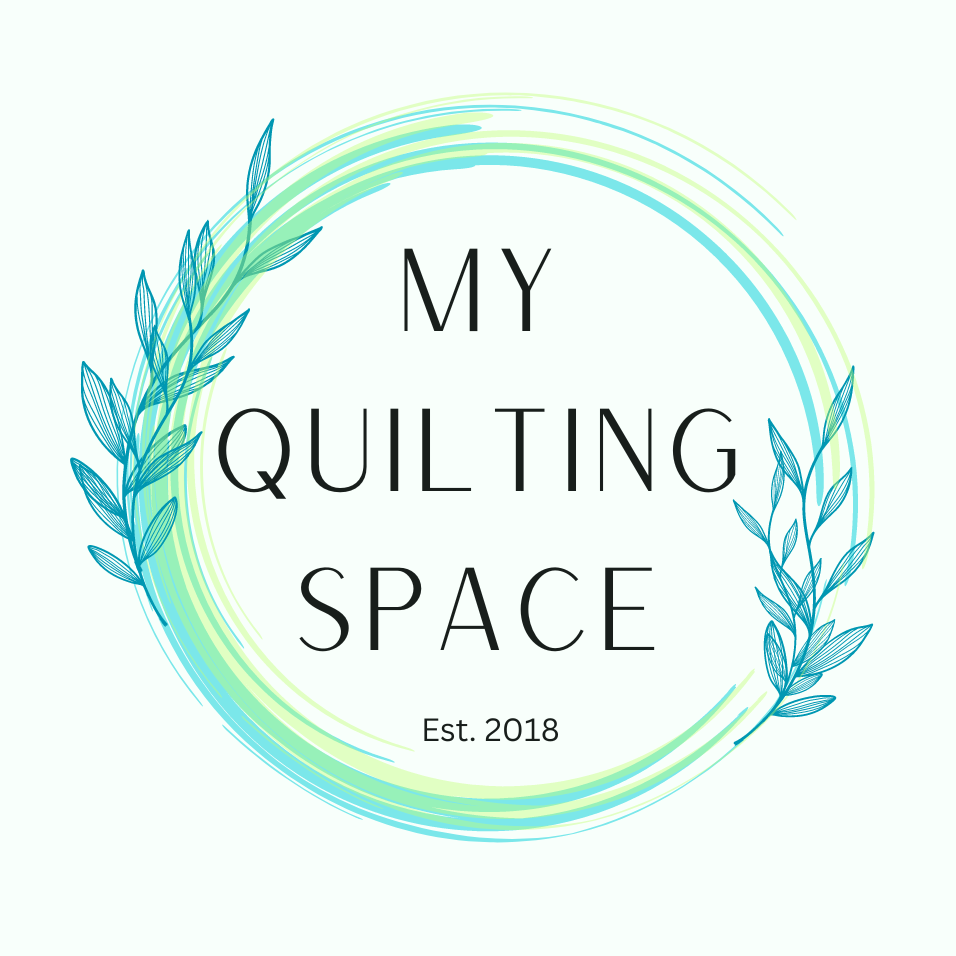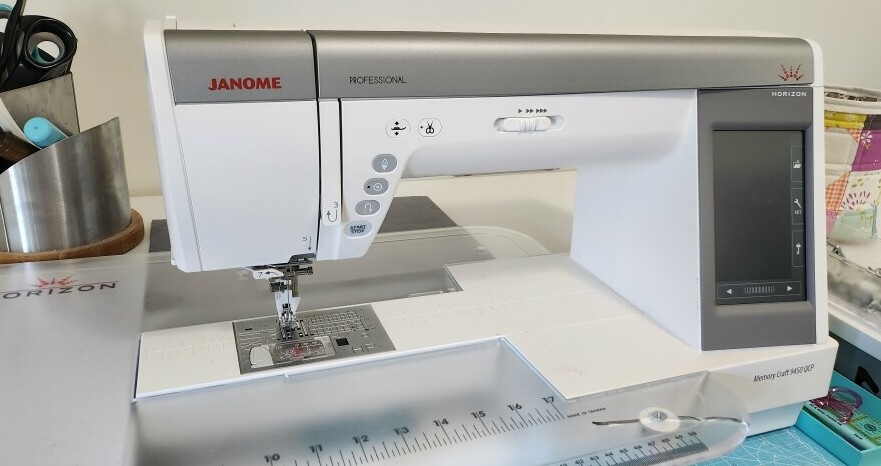
The short answer is yes however, it is not a simple yes.
Unlocking It’s Potential
I’ve had my Janome 9450QCP for almost 5 years and the more I use it the more I learn about what it can do.
The road many of us take when we first get a machine like this is to learn through trial and error. We are so excited to have a new machine all we want to do is get that baby on the road! We’ll read the instruction manual later! What about the power of learning through mistakes? Not that mistakes can’t be a learning tool, there are more efficient ways that actually save time.
I purchased my machine from the Missouri Sewing Machine Company who also offers free classes with the purchase of every machine. Getting hands on, one-on-one instruction – especially if you know very little about sewing machines, is the best way to learn not only the basics, but what all those bells and whistles can do as well.
In addition to the free classes, Janome offers online tutorials through their blog and on this page are links to a wide variety of learning opportunities.
Free, Free Motion Quilting
Many of the quilts I’ve made recently are free motion quilted. This just seems to be the best option since most of the tops have quite a bit of applique and their smaller size (baby, crib or throw sized) makes it easy to quilt on my machine.
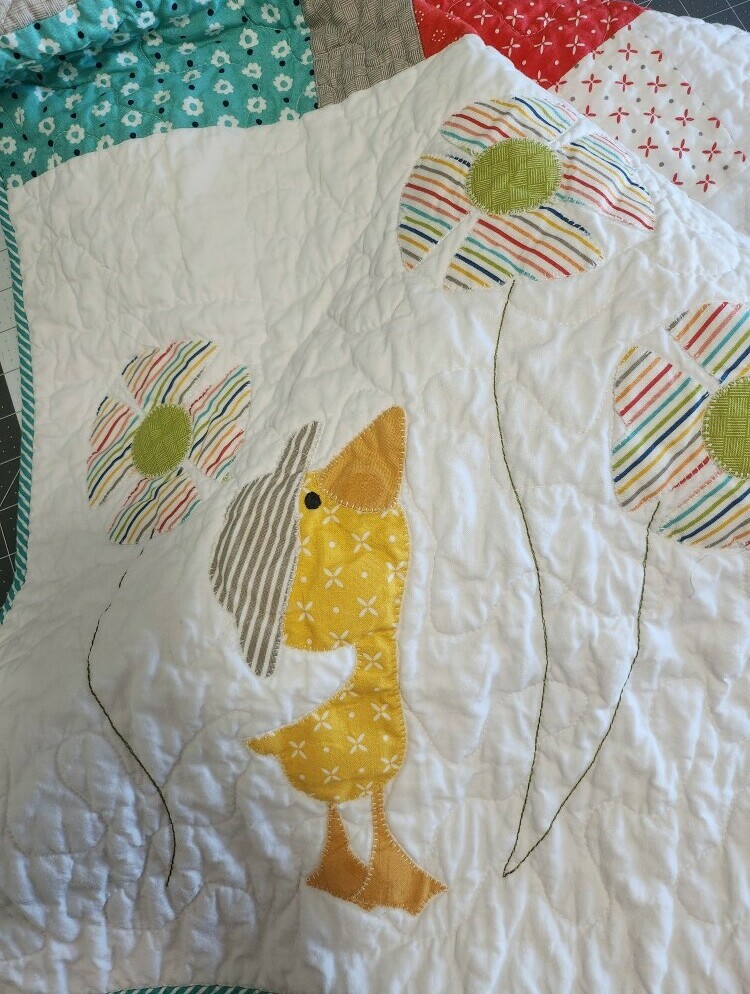
While free motion quilting is relatively quick and easy. Making the stitches appear uniform is another story. Free motion, on it’s own, takes a little practice to learn. Because the feed dogs are lowered under the foot plate and do not touch the fabric, they cannot feed the material under the needle at a specified pace – the pace is set by YOU. Instead of relying on the machine’s rhythm, you need to devote a little time to develop your own stitching rhythm.
It can be tricky and, for a lot of people, so frustrating that they give up on the technique altogether.
I have to admit, when I was first learning how to free motion quilt I never thought I would reach a point where it would become my preferred quilting method. But, I persevered (and yelled and sighed) and then, one fine day, I made a grand discovery!
The people at Janome must have been listening to all our cries for help and developed a couple of solutions.
Almost Free, Free Motion Quilting
This first one is the quickest and least expensive and, the solution I am currently utilizing:
The Low Tension Bobbin Holder
Switching out the standard bobbin holder for this one was a game changer and it is so easy to do:
1) Remove the base plate. (top image below)
2) Remove the standard bobbin holder (notice the red arrow on the bottom right)
3) Place the low tension bobbin holder, lining up the blue arrow with the red dot. (bottom image below)
Notice the dust in the bottom image below? I use this a LOT!
4) Thread your bobbin, needle, lower the feed dogs and begin free motion quilting!

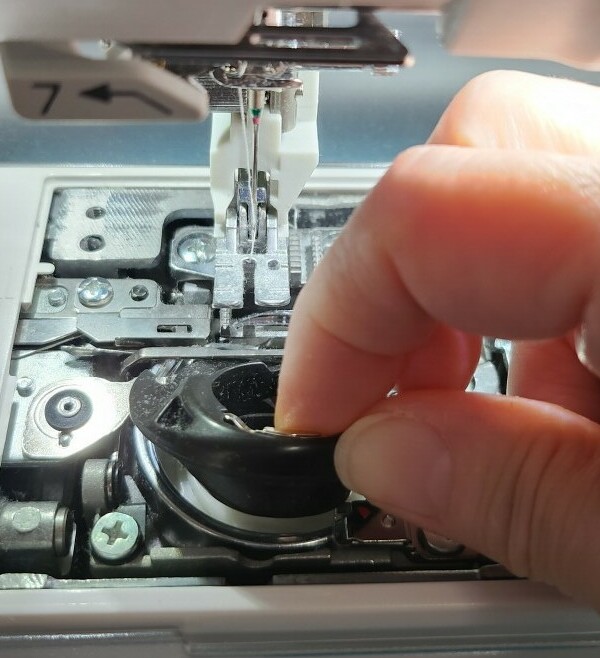
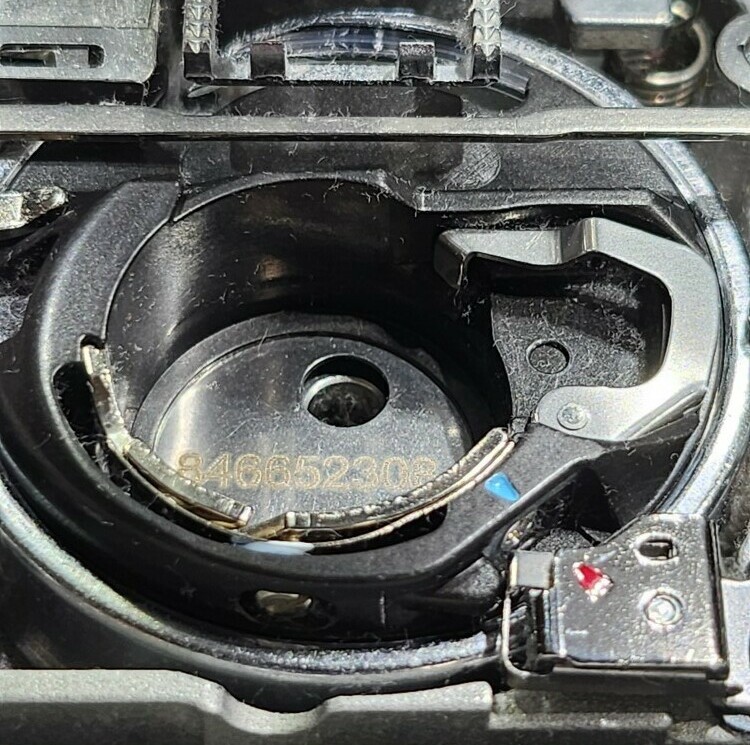
This tension in this bobbin is preset to low the tension making it easier for you to regulate stitch lengths.
It’s not 100% perfect (because the user is not 100% perfect!) and little practice is still required but I found it much easier to create consistent stitch lengths as compared to the standard bobbin case.
Free Motion Quilting With A Price Tag
The second solution is one I have not had the opportunity to try but I’ve heard others sing of it’s praises:
Janome Accurate Stitch Regulator (ASR)
This comes standard with the Continental M8 and is an optional accessory for the Horizon Memory Craft 9480QCP.
When I feel the need to upgrade my current Horizon Memory Craft 9450QCP, I will be looking specifically at these two models.
Why Free Motion Quilt?
So, if free motion quilting is difficult and can be pricey, why do it at all?
As I mentioned above, a quilt that has appliqued pieces, and / or an organic design, straight line quilting is nearly impossible. There are a few exceptions, but not many.
In my experience, I’ve discovered free motion removes the tedium of creating that perfect grid or design. I have, however, discovered this book makes the task a bit easier.
If you are like me, and try as you might, you cannot get those points on a basic patchwork panel to consistently meet up, every time, free motion quilting is a great way to camouflage those imperfections. With straight line quilting, those non-matching points will make to patchwork look like squares sewn randomly together – ugh!
Below are few more examples of how I’ve used free motion quilting:
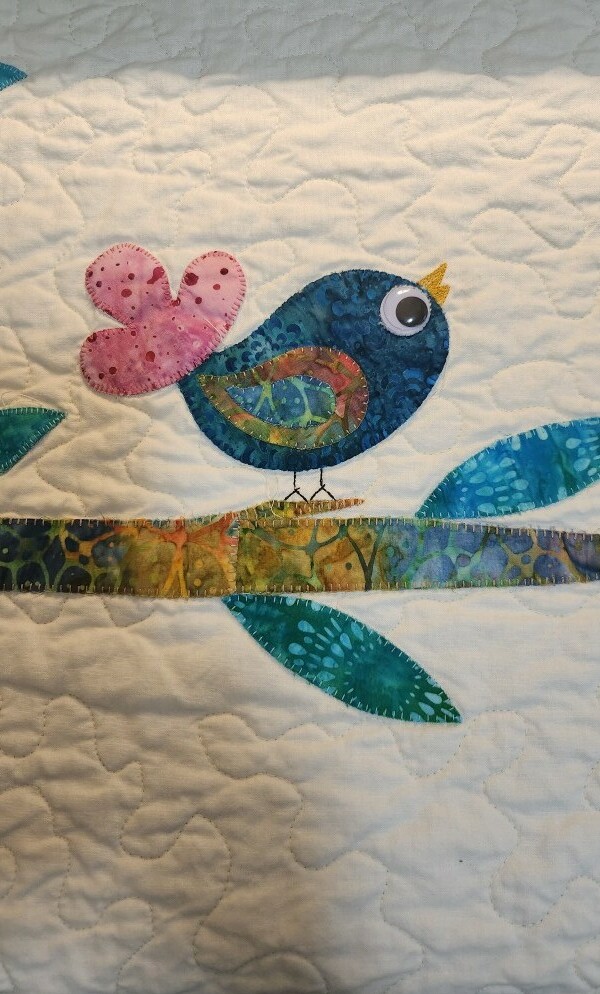
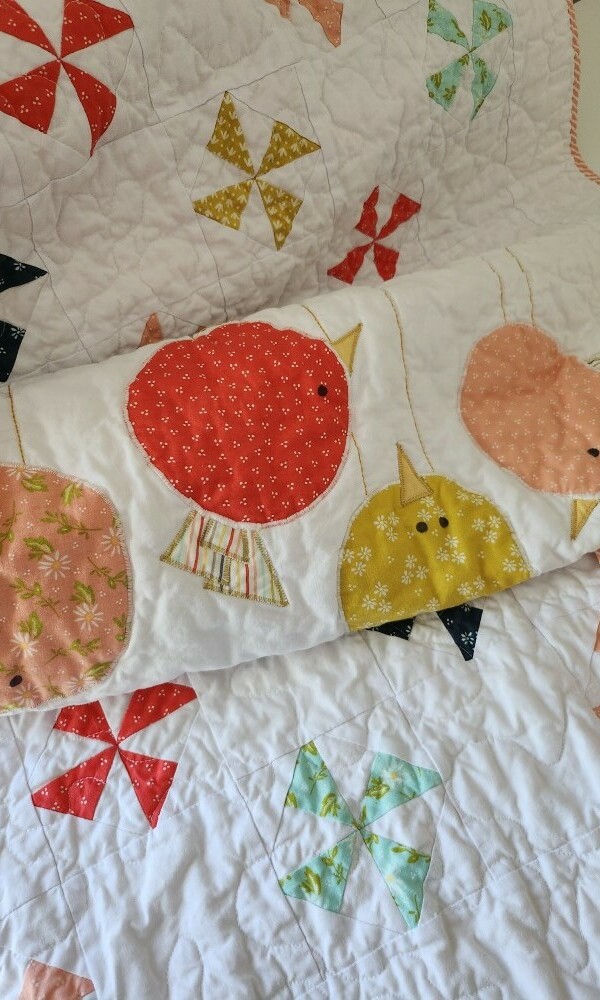
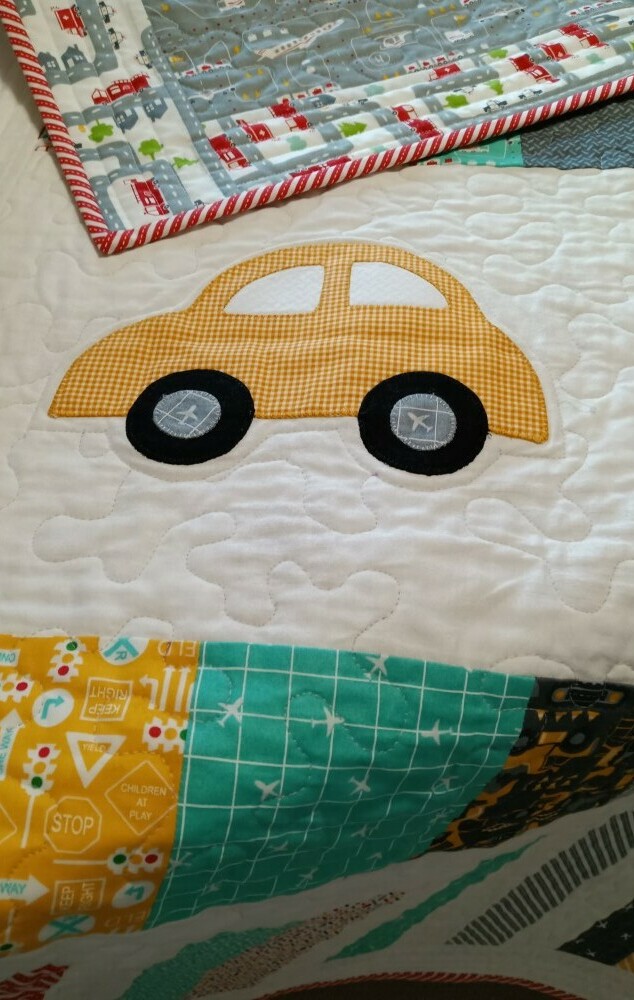
Give free motion quilting a try. You may be surprised at the results!

